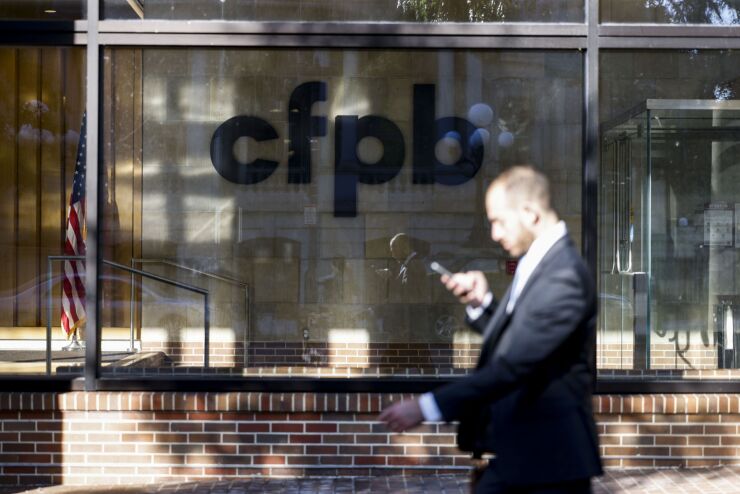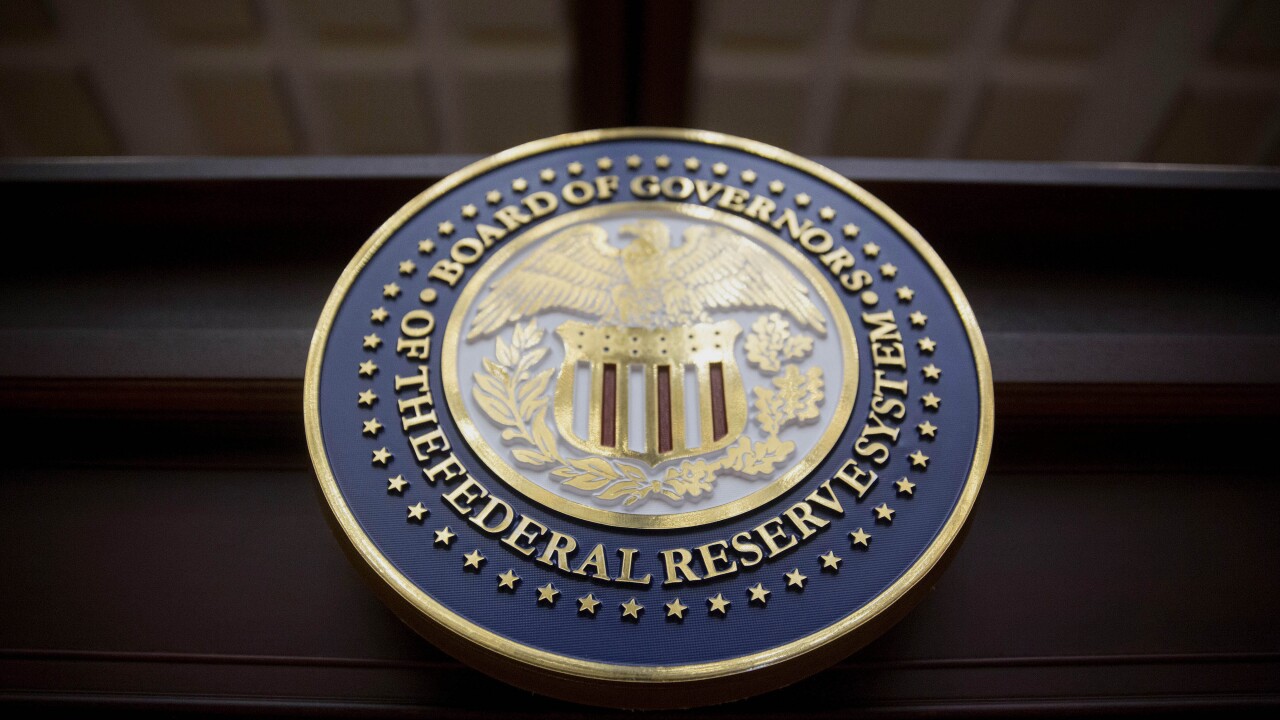
The number of people with no credit record — known as "credit invisibles" by the financial industry — has plummeted to just 2.7% of the population, or 7 million Americans, after the Consumer Financial Protection Bureau made a major correction to its data.
In
"This certainly was material to their estimate of the size of the population that didn't have a credit report," said David Silberman, senior advisor at Financial Health Network and former CFPB associate director for research, markets and regulation. "We now have a good solid number of people who do not have a credit report and who have a report but do not have a FICO score. That population is different from what had previously been estimated."
The CFPB now says that 7 million consumers, or 2.7% of the adult population of 258 million, had no credit record in 2020. The 2015 report had estimated that 25.9 million or 11% were credit invisible in 2010; the bureau revised that number to 13.5 million, or 5.8% of the 2010 adult population.
Correcting the data on credit invisibles also impacted the estimated share of adults with an unscored credit record or limited credit history. The CFPB now says that 7.4% of the population, or 17.2 million consumers, were unscored in 2010, and that number has risen, with 9.8% of the population, or 25.3 million, unscored in 2020. The bureau had previously reported that 12.7% of adults, or 29.7 million, were unscored in 2010.
"We now have a clearer view of how many consumers are actually unscorable," said Jennifer Tescher, founder and CEO of the Financial Health Network. "We now know the invisible population is smaller than we thought. On the other hand, the population with a credit file but no score is larger than previously estimated. That group is now more important to focus on."
The flip side is that the number of adults with a credit score increased by six percentage points — to 87.5% of the population, or 225.3 million people — in 2020, compared with 81.6% or 191.3 million people in 2010.
The CFPB said the increase is broadly consistent with the decline over a similar timespan in estimates by the Federal Deposit Insurance Corporation of the share of unbanked households. In a 2021 report, the FDIC found that 5.4% of the population was unbanked in 2019, compared to 8.2% in 2011. Unbanked households were much less likely to have a credit card, bank personal loan or nonbank personal loan than banked households, the FDIC found.
Credit invisibles lack a traditional credit history, while those who are unscored do not have a credit score versus "unbanked" individuals who don't have a bank account. The groups often overlap and face challenges accessing financial services.
The CFPB report and correction were written by the same lead author as the 2015 report. The corrected data was released under the CFPB acting Director Russell Vought.
Lindsey Johnson, president and CEO of the Consumer Bankers Association, commended the CFPB for correcting the record.
"This new data highlights the opportunity America's leading Main Street banks have to bring safer and more affordable credit products to millions of additional consumers to meet their everyday needs," Johnson said.
Kelvin Chen, CBA's senior executive vice president and head of policy, compared the population of credit invisibles to the number of people with a fear of flying, or those who have never used the internet.
"If credit invisibility is this rare, is it time to rethink the approach?" Chen said on a






